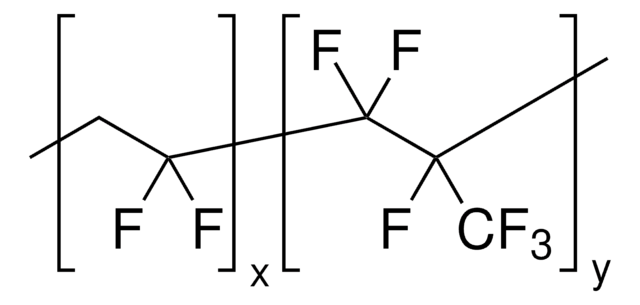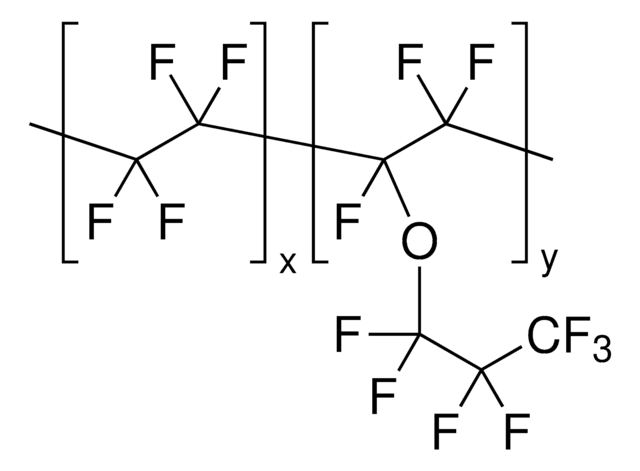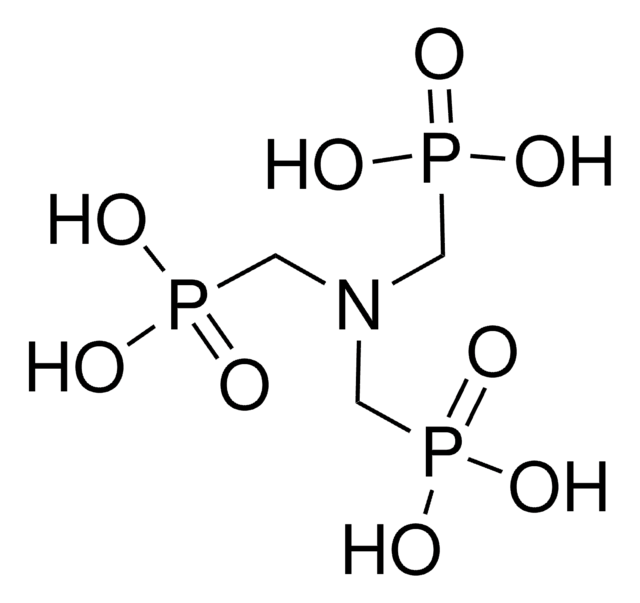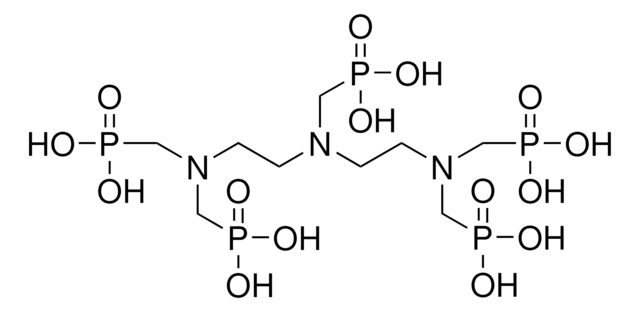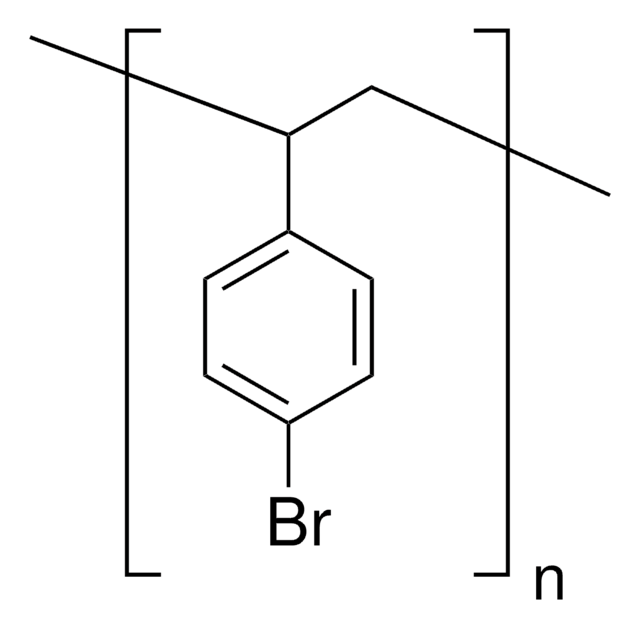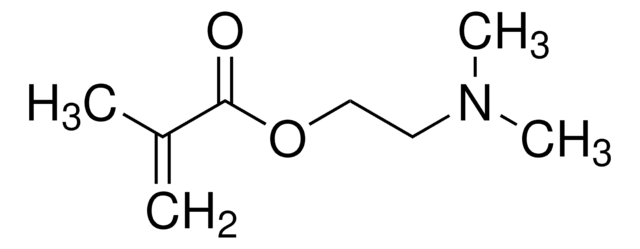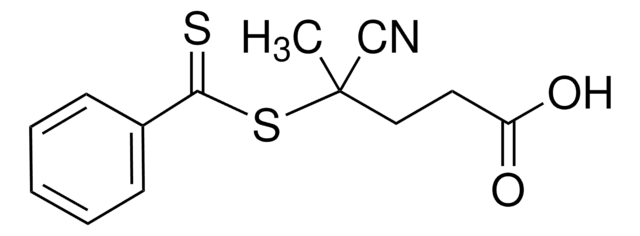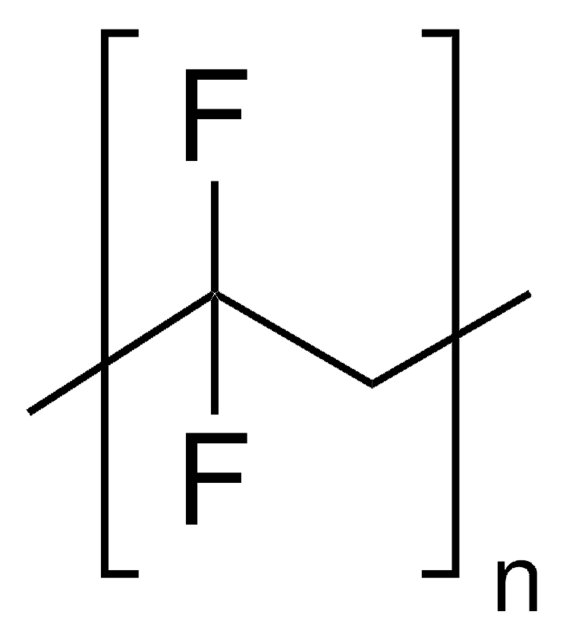427209
Poly(ethylene-co-tetrafluoroethylene)
melt index 11 g/10 min (279°C/49 newton), pellets
About This Item
Recommended Products
description
coefficient of friction 0.53 Dynamic, p=110 lbs,
velocity=0.08-0.35 cm/sec
form
pellets
melt index
11 g/10 min (279°C/49 newton)
hardness
50-58 (Rockwell R, ASTM D 785)
refractive index
n20/D 1.3
transition temp
brittleness temperature -125 °C (ASTM D 746)
Tm 250-270 °C (ASTM D 3418)
density
1.73 g/mL at 25 °C (lit.)
SMILES string
C=C.F\C(F)=C(\F)F
InChI
1S/C2F4.C2H4/c3-1(4)2(5)6;1-2/h;1-2H2
InChI key
QHSJIZLJUFMIFP-UHFFFAOYSA-N
Looking for similar products? Visit Product Comparison Guide
Application
Features and Benefits
Storage Class Code
11 - Combustible Solids
WGK
WGK 3
Flash Point(F)
Not applicable
Flash Point(C)
Not applicable
Personal Protective Equipment
Choose from one of the most recent versions:
Certificates of Analysis (COA)
Don't see the Right Version?
If you require a particular version, you can look up a specific certificate by the Lot or Batch number.
Already Own This Product?
Find documentation for the products that you have recently purchased in the Document Library.
Our team of scientists has experience in all areas of research including Life Science, Material Science, Chemical Synthesis, Chromatography, Analytical and many others.
Contact Technical Service